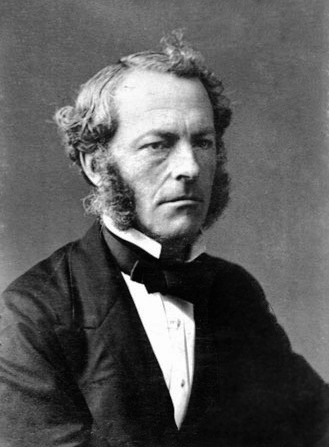GEORGE STOKES – SHINING A LIGHT ON OUR WATER RESEARCH
George Stokes was the youngest son of the Rev. Gabriel Stokes, rector of Skreen, Co. Sligo, where he was born on the 13th of August 1819.
I am interested to visit the memorial to George Stokes on my visit to Screen in Co. Sligo. The limestone engraved book is placed in front of the Church of Ireland building and graveyard. Placed there in 1995 to recognise the mathematical physicist who was born in the old rectory, was Lucasian Professor mathematics at Cambridge and was president of the Royal Society. But, more interestingly for me, he contributed to so much of the optical sensing theories that we use today in our work.
Stokes contributed to the fame of the Cambridge school of mathematical physics in the middle of the 19th century. His first published papers, in 1842 and 1843, were on the steady motion of incompressible fluids and some cases of fluid motion.
His work contributed to the science of hydrodynamics, and provided explanations of many natural phenomena, such as the suspension of clouds in air, and the subsidence of ripples and waves in water. Very relevant to our research today, his work added to the solution of practical problems, such as the flow of water in rivers and channels, and the skin resistance of ships. So much of this has influenced my research into fundamental concepts in biofouling on surfaces in the marine environment. It has also influenced the practical work we do in our catchment studies.
However, it is his optical science that interests me mostly. His first papers on the aberration of light appeared in 1845 and 1846. These were followed in 1848 by one on the theory of certain bands seen in the spectrum. His studies dealt with for example the colours of thick plates. In 1852, he published a significant paper on the change of refrangibility of light[1], and he described the phenomenon of fluorescence.
We are coming close to the end of our journey to the North West Atlantic coastline. It is a simple thing for us to stop off at some memorials – off the beaten track. The importance of these sites is really worth considering. As we stand and read the inscriptions, we are remembering individuals that have made significant contributions to what we do today. Buildings are named after George Stokes – but we use his theories in our everyday research. It was great to visit the place where he was born.
[1] https://www.jstor.org/stable/pdf/108550.pdf

